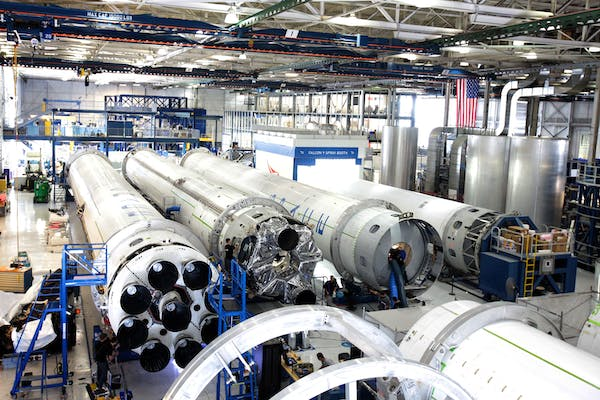Texas is one of the largest states in the USA. As such it enjoys a number of weather systems that impact the various regions differently. Situated in the southwest, with its southern border joining the Gulf of Mexico, answers, in part, the question: Why is Texas so humid? Like the state itself, the answer is big. The Gulf of Mexico with its warm waters and winds provides part of the answer as does extreme weather systems.
For purposes of simplification, the west is arid, while the east is humid.
The Seasonal Changes Of Texas
Part of the answer involves the seasonal changes. During the summer months the weather is hotter and the air blowing in from the Gulf is hot and humid, having absorbed the water molecules as it passes over the warm Gulf waters to the coast and northwards. Still, the various affected regions respond differently. From the Central region to the Coastal Bend, from the Rolling Plains to the Southern Plains, the weather and the resulting humidity will change. In jno small part, extreme weather conditions play a role in making the various and different regions humid.
Storms & Extreme Natural Events
Tropical cyclones from the Gulf or the Pacific ocean impact the weather in the two east and west regions. Additionally, stalled weather fronts serve the same purpose causing humidity to rise to sweltering heights. Even Cyclones play an important role. All these extreme weather events impact the state’s regions and their levels of humidity.
Cyclones, better know as hurricanes, are actually giant swirling suitcases carrying energy in the form of heat from the southern hemisphere to the norther hemisphere. Bringing more than rain and destructive winds, these powerful weather events bring about weather changes in the areas where they arrive. All that energy in the form of heated moisture enters the regional weather systems and remains long after the hurricane has moved on or dissipated. They result in elevated levels of humidity.
Adding to the cyclones contribution comes that of the stalled weather fronts. This is a classic Texas weather event that is as well-know as the Alamo. The stalled weather front is merely the meeting of two weather fronts that have different densities, generally revealed by their different temperatures and humidity. When the densities variance vanishes, or nearly so, the weather systems become stationary. Those systems carrying the humidity remain over a region with the warm moisture (energy) trapped in their system.
Tornado Alley
Saved for last is the famous cyclones and the infamous “Tornado Alley” in the panhandle of Texas. As with the case of hurricanes, warms air play a pivotal role. This time, though, cold air has an equal role. The two air masses meet and through a process of the hot air rising quickly and the Cyclostrophic Balance (air masses struggling to achieve equilibrium), the tornado forms. The air is dry until the weather events meet, where they exchange moisture and carry it from one place to the next through adiabatic cooling. It is not uncommon in this region of Texas to experience more than 100 tornadoes in any one season.
The events that contribute to Texas’ renowned humidity often receive characterization as extreme weather events. Texas’s location in the tropical zone of the planet and its nearness to a great body of water are two factors that give rise to the extreme weather conditions. (Aside from the humidity, Texas is also known for its high temperatures and occasional droughts.) Though Texas is not always humid, certain regions as its coastal and eastern parts experience higher levels than the other state regions.
Get The Help You Need Managing Humidity With Smart Fog
The ultimate impact is on the people residing in these regions. Humidifiers and A/C help alleviate the problem in part, but other considerations beyond just living and working spaces are impacted and need protection from the humidity. Classically, that entails electrical devices and many computer oriented devices.
Contact us, Smart Fog Inc., to learn more about the weather events that impact Texas’ humidity challenges and how to solve the problem head on.





